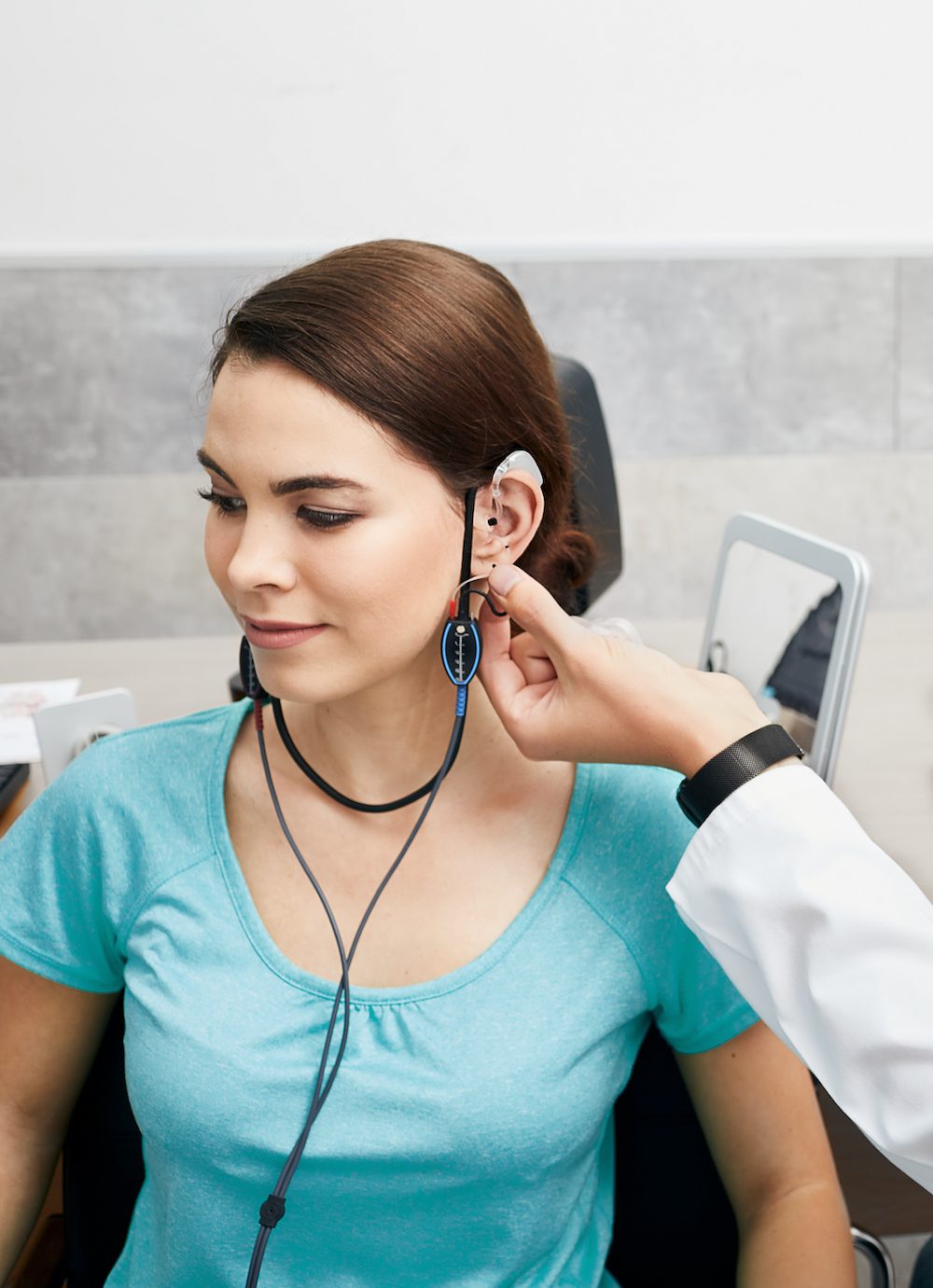How to Adjust Hearing Aids for Seasonal Allergies
Allergy season brings familiar symptoms like sneezing, watery eyes and

The American population has 37.5 million adults with varying degrees of hearing loss. In addition to that, not all of them have seen an audiologist or ever had a hearing test done. The truth, however, is, the earlier diagnosis you get, the better quality of life you will have. Therefore, if you finally decide to get yourself checked out, it’s normal to be curious about how the audiologist will conduct the hearing test. Below is a compilation of what to expect.
Hearing loss usually is caused by several different reasons. Sometimes, genetic health conditions such as Usher’s Syndrome, Meniere’s Disease and Pendred Syndrome are notable predisposing factors. The audiologist needs this crucial information to help them decide on the cause of your hearing loss and how to treat it. Additionally, the data you provide will become the blueprint for your specialized treatment.
Furthermore, the audiologist will ask questions about your hypertension and diabetes status. That’s because these two chronic conditions can negatively impact your auditory health, leading to hearing loss. Once the audiologist is satisfied with the answers you’ve provided, then the following line of action will be centered on tests to check your hearing.
This is the examination of your inner ear with the otoscope. It is a handheld device with a convenient pointed part that peers into your ear. Moreover, the otoscope is fitted with a bright light to illuminate the inner portions of your ear. Therefore, it’s easy for the audiologist to check for any inflammation or something else that shouldn’t be there.
For example, if there’s wax accumulation, an infection or hardened wax, the otoscope makes them detectable. If you feel anxious about this stage, it helps to know that the otoscopy examination is comfortable. You will feel nothing when the audiologist peers into your ear with the device.
These two tests check for your ears’ air and bone conductivity. In reviewing whether you have conductive or sensorineural hearing loss, both tests are done together. It involves placing a tuning fork in your ear. The specific locations are behind the ear and the top of your head to help the audiologist determine the degree or nature of your hearing condition. While some patients can hear the tuning fork, others do not at all.
This involves the insertion of a tiny probe into each ear. The probe looks like a regular earphone. However, their function is to check whether the eardrum moves correctly when sound is transmitted. In general, the tympanometry test checks for any irregularity in the functions of the middle ear. Indeed, it is a non-invasive test. Do not be surprised to see the audiologist reading a graph interpreting on the tympanogram, the name of the device used to check for this test.
This stage involves checking your ability to hear different sounds at varied pitches. Every client is unique and presents with a different problem, even though they all fall under hearing loss. Therefore, what you may hear at a particular frequency may not be heard by another patient. More importantly, the audiometry test will help the audiologist determine whether you need hearing aids or another form of treatment.
Using the audiometer, your audiologist will fix headphones over your ears. In your hand is a device you will click whenever you hear a sound through the headphones. The number of clicks will create a map of your hearing abilities. This map is called an audiogram.
After all these tests have been completed, it is time for the audiologist to make conclusions. If the results indicate the need for hearing aids, your audiologist will calibrate them to enhance your hearing. This stage also involves a discussion about your lifestyle and what type of hearing aids may be suitable.
You have the option to choose the in-the-ear (ITE), behind-the-ear (BTE) or the in-the-canal (ITC) hearing devices. Your audiologist will explain the functions and styles of each one. At the end of it all, your preferences will also be taken into consideration.
Caring for your ear health is necessary to detect any hearing problems. If you’re considering a hearing test any time soon, learn more about Hear Here Audiology or call us today at 727-289-1212. Get your hearing checked for a better quality of life.

Allergy season brings familiar symptoms like sneezing, watery eyes and

Cold and flu season brings extra challenges when you wear hearing aids.

Imagine you’re living in a rural area, miles from the nearest